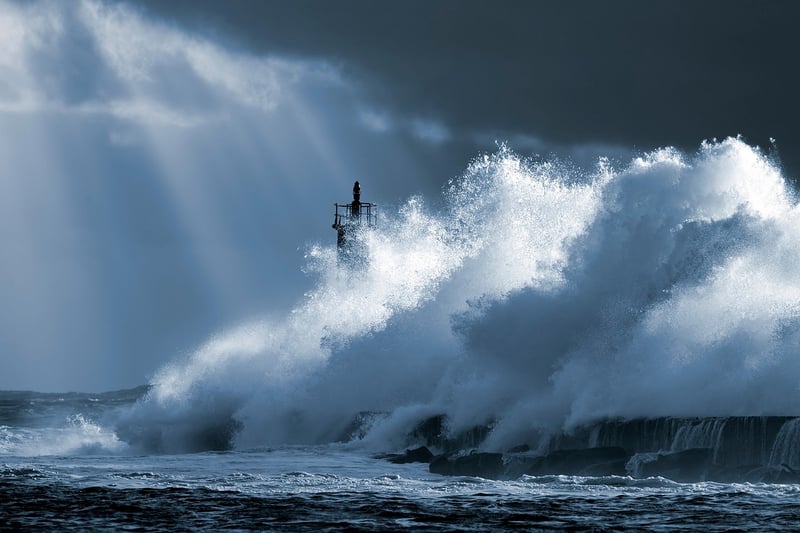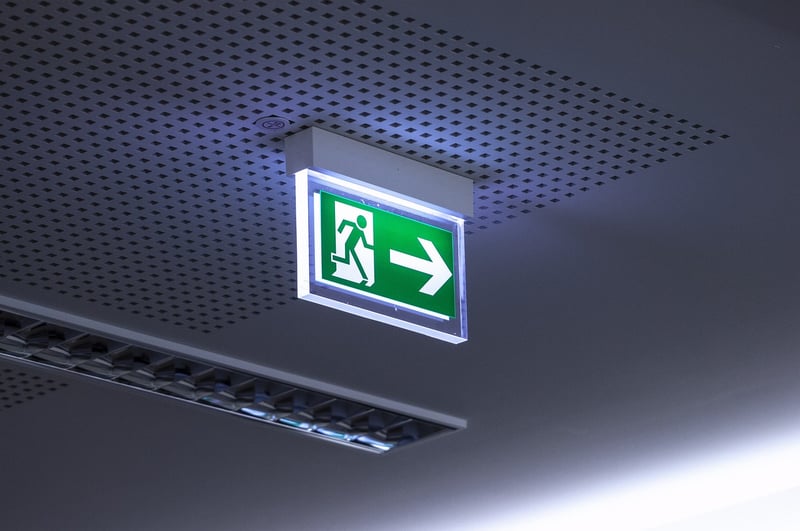Evacuation Routes
Stay Prepared: Know Your Evacuation Routes
When disaster strikes, having a plan in place can make all the difference. Knowing your evacuation routes is crucial for staying safe and prepared in emergencies. Whether it's a natural disaster like a hurricane, wildfire, or flood, or a man-made crisis, being aware of the best routes to safety can save lives.
Types of Evacuation Routes
Evacuation routes can vary depending on the type of disaster. Here are some common types of evacuation routes:
- Primary Evacuation Routes: These are the main roads designated for evacuation during an emergency. They are typically well-known and provide the fastest route to safety.
- Alternative Evacuation Routes: In case primary routes are blocked or congested, alternative routes offer additional options for evacuation.
- Pedestrian Evacuation Routes: In urban areas, pedestrian routes may be designated for people to evacuate on foot in case of emergencies that make roads impassable.
How to Identify Evacuation Routes
Here are some ways to identify evacuation routes in your area:
- Local Authorities: Contact your local emergency management agency or municipality for information on designated evacuation routes.
- Maps: Study maps of your area to familiarize yourself with main roads, highways, and alternative routes that can be used for evacuation.
- Signage: Pay attention to evacuation route signs on roads and highways that indicate the way to safety.
Preparing Your Evacuation Plan
It's essential to have a well-thought-out evacuation plan in place. Here are some tips to help you prepare:
- Plan Ahead: Discuss and plan evacuation routes with your family or household members in advance.
- Emergency Kit: Prepare an emergency kit with essential supplies like water, food, medications, and first aid items to take with you during evacuation.
- Communication: Establish a communication plan to stay in touch with family members and inform them of your whereabouts during evacuation.
Being prepared and knowing your evacuation routes can significantly increase your chances of staying safe during emergencies. Remember, it's better to be ready and not need it than to need it and not be ready.

Stay informed, stay prepared, and stay safe!
